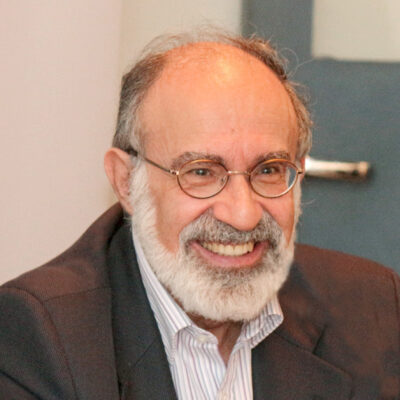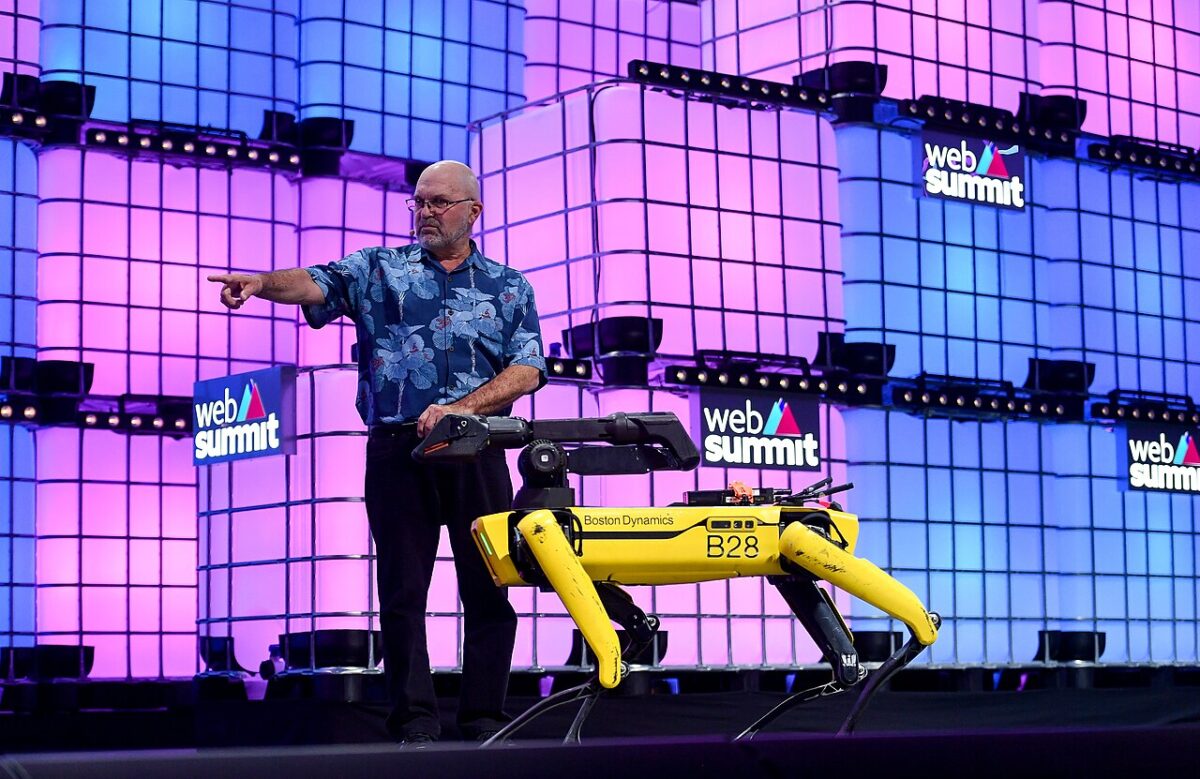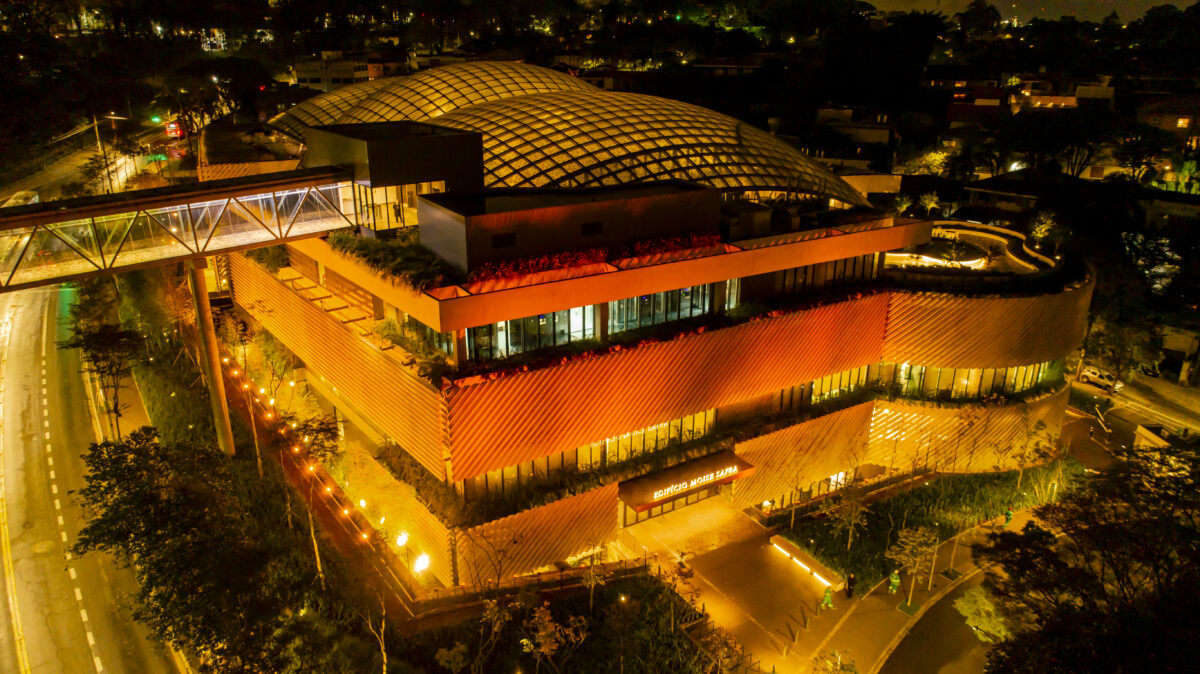 #Columns
#Columns
Is the world better prepared for a next pandemic?
Identifying pathogens with the potential for a pandemic, establishing global surveillance systems, and regionalizing vaccine production and licensing are urgent actions needed to address a new pandemic
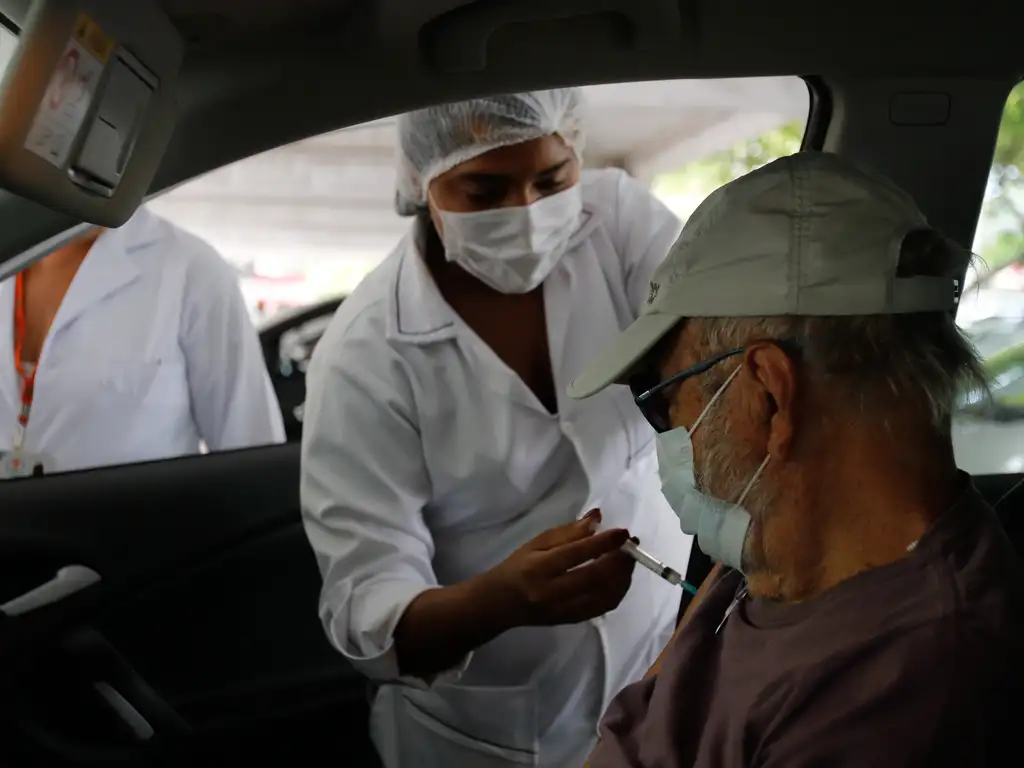 First dose of the COVID-19 vaccine being administered in the city of Rio de Janeiro, Brazil, in 2021 | Imagem: Tânia Rêgo/Agência Brasil
First dose of the COVID-19 vaccine being administered in the city of Rio de Janeiro, Brazil, in 2021 | Imagem: Tânia Rêgo/Agência Brasil
Rio de Janeiro was last week of July the venue of “The Global Pandemic Preparedness Summit 2024”, co-hosted by Brazil’s Ministry of Health as part of its G20 Leadership, Fundação Oswaldo Cruz (Fiocruz) and CEPI (Coalition for Epidemic Preparedness and Innovation) and convening over 350 global experts from governments and supranational organisations, civil society, academia, philanthropy as well as industry.
The meeting addressed the state of preparedness for a next pandemic, learnings from the COVID-19 pandemic, and the viability and progress of the “100 Days Mission” launched by the UK government during the G7 in 2021.
The most sobering learnings from the last pandemic was that 1.6 million people died before vaccines were available. Cases in an outbreak with human-to-human transmission spread logarithmically.
Modelling data showed that 800 million infections and 8 million deaths could have been avoid in the COVID pandemic if vaccines would have been available within 100 days of availability of genome sequence.
It’s an ambitious but possible goal
The “100 Days Mission” which has been endorsed by the G7 and G20 nations aims to have a vaccine developed, tested and emergency use authorized within those 100 days.
This is a moonshot goal as development time for a vaccine takes typically about 5-10 years, or even 25 years as for the first malaria vaccine. Are the 100 days achievable?
If a new coronavirus or a pandemic influenza virus were to emerge, potentially yes because we know these viruses well enough.
If a new disease were from the Paramyxovirus or Orthopoxvirus family (or “disease X”) where we do not even know what it is, the world is not ready.
The success of the 100 Days Mission is based on 5 critical pillars all of which have to be established in a pre-pandemic period:
1. Creating libraries of vaccine prototypes and platforms:
The unprecedented success of the COVID-19 vaccine availability within 326 days was only possible because of prior scientific work on other coronavirus family members such MERS and SARS-CoV1.
Identifying pathogen families with pandemic potential, selecting one prototype within the family and then initiating R&D and platform selection work will be critical for a jump start in a next pandemic. This concept was also embraced by WHO by moving away from the previous Blueprint list of a dozen pathogens to a family library approach.
2. Establishing a global surveillance systems:
Early detection of pathogens with pandemic potential in the environment such as in wastewater even before an outbreak occurs is critical to avoid the evolution to outbreak to pandemic.
Unfortunately many governments did not even build or scale back their surveillance efforts.
There is also reluctance by some countries to share epidemiological and genetic data for geopolitical and stigmatization reasons, but mainly because of lack of benefit back from recipient HICs.
A global collaboration with adequate regulatory framework for data sharing and guaranteed early vaccine supply for LMICs to ensure equitable access is a paramount cornerstone of pandemic preparedness.
This is still one of the pending issues being addressed in the global Pandemic Agreement currently in late stage consultation with WHO member states.
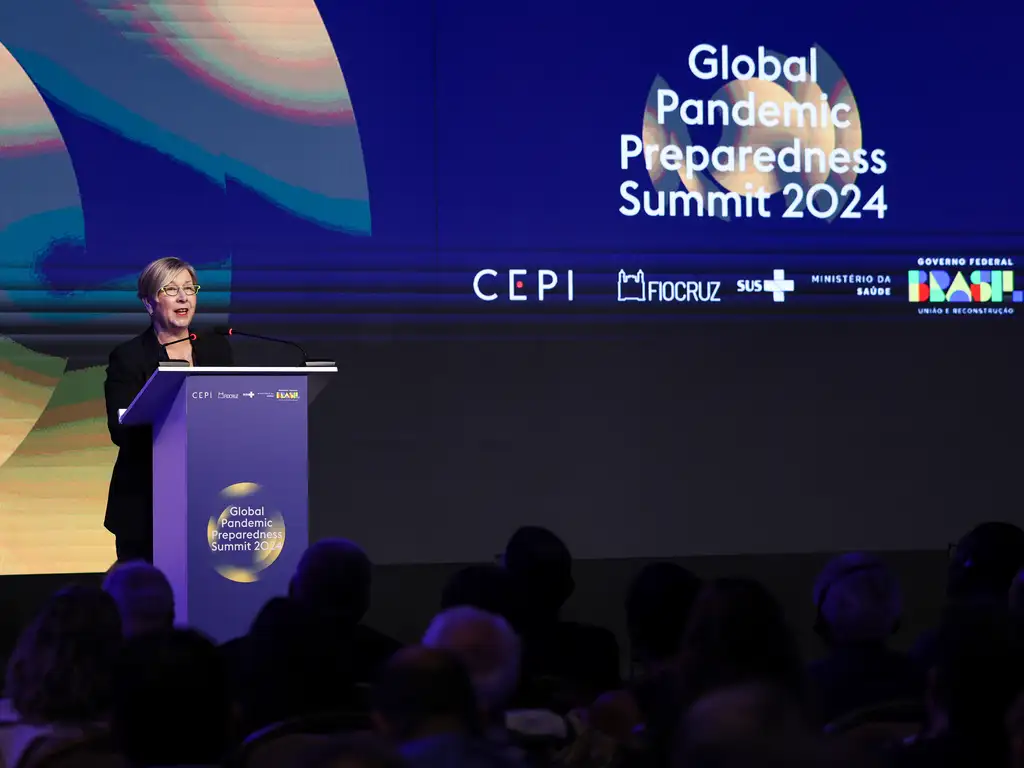
3. Global clinical trial and laboratory networks:
They need to be established and qualified in interpandemic time to ensure immediate readiness in an outbreak.
Lack of qualified trial sites, immunology laboratories in many low and middle income countries was one of the issues in the last pandemic and was aggravated by a complete breakdown of supply logistics.
Initiatives such as the Bill and Melinda Gates Foundation clinical trial readiness during which 21 sites in Latin America were qualified within 4 months serve as example that these tasks are feasible.
However, both trial sites and labs need to be kept “warm” outside of a pandemic through a constant flow of trials to not loose capabilities and ensure pandemic readiness.
4. Regionalizing vaccine manufacturing:
It would be a global game changer for access. Various initiatives to establish manufacturing capacity in Africa are underway by consortia of philantrophy but also by private industry such as the mRNA company Biontech which is establishing a modular facility in Rwanda.
Again, like with labs and clinical sites, those new manufacturing sites need to be kept warm through constant workflow.
5. Identification of immunological markers of protection:
This measure would be important to be able to license vaccines based on immunological rather than clinical efficacy data.
Global collaboration, trust, agility, risk taking and above all equity is what scientist need to embrace to be better prepared for the next pandemic. A threat to anyone of us is a threat to all of us. And thus, failure of the “100 Days Mission”is not an option.
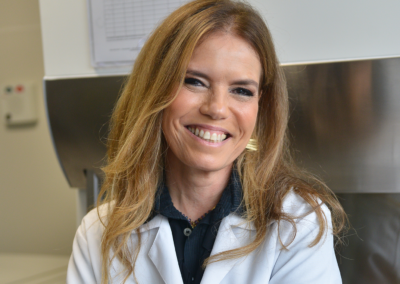
Sue Ann Costa Clemens is Head of the Institute for Global Health at the University of Siena, where she is Director of the Masters Program in Vaccinology and Drug Development and Professor of Pediatric Infectious Diseases. She is a Global Health and Clinical Development Professor at the University of Oxford, Director of the Oxford Latam Vaccines Group, and Professor and International Scientific Coordinator at the Carlos Chagas Institute. She has been a Senior Advisor to the Bill and Melinda Gates Foundation since 2012 and is a member of scientific advisory boards at several institutions. In 2023, she was a World Health Organization Expert Group on Access and Information on Vaccines (TAG-MI4A) member. She has contributed to developing more than 20 globally licensed vaccines and medicines over a career spanning more than 25 years. Sue Ann was awarded the Order of the British Empire, CBE, by Queen Elizabeth II for services to Public Health; she is also a Commander of the Federative Republic of Brazil in the Orders of Rio Branco and Medical Merit.
Opinion articles do not necessarily reflect the views of Science Arena or Hospital Israelita Albert Einstein.
*
This article may be republished online under the CC-BY-NC-ND Creative Commons license.
The text must not be edited and the author(s) and source (Science Arena) must be credited.
